Seed Cycling: An Easy & Nutritious Way to Balance Hormones
Seed cycling is a practice I use myself and recommend to many of my patients. It involves eating flax, pumpkin, sesame and sunflower seeds at various times in your menstrual cycle. It works because it provides key nutrients like vitamins, minerals and healthy fats that support the production, detoxification, and metabolism of the main hormones at play in our cycles: estrogen and progesterone.
Below are some examples of why one should implement seed cycling into her self-care routine:
Coming off the Pill: This is a great time to give your body extra support, as it can take up to 1 year for a woman’s cycle to fully re-regulate after coming off the Pill.
Acne: Acne is often a sign of imbalanced hormones. Seed cycling can work wonders for improving hormonal acne.
Irregular periods: Cycles that vary greater than 8 days in length consistently or fall outside the range of 26-32 days are considered irregular.
PMS: Believe it or not, PMS symptoms such as bloating, mood swings, headaches, and pain are not something you should have to struggle with each month.
Infertility: Seed cycling is a great place to begin if you plan to conceive in the next year or are actively trying to conceive to ensure your hormones are optimally balanced.
Estrogen dominance or progesterone deficiency: These are two of the most common hormonal imbalances amongst women.
– Estrogen dominance is a term used when a woman makes too much estrogen. Signs of elevated estrogen include fatigue, mood swings, hair loss, weight gain, endometriosis, and ovarian cysts.
– Progesterone deficiency may be present in a woman experiencing anxiety, insomnia, low libido, headaches, and infertility.
Seed cycling is recommended for at least three months to see big shifts but often will produce dramatic changes in just one month. It can be started during any time of your cycle as well, so there is no need to wait if you are ready to make some changes today!
A common myth is that a healthy cycle is 28 days. In reality, most women do not experience this and instead can have a healthy cycle that varies in length anywhere from 26-32 days. For demonstration purposes, I use a 28-day cycle below to show how the process works. Please do adjust when you switch your seeds based on the day you ovulate if different from the example below.
Days 1-14: Follicular phase 🌑
Ovarian follicles are maturing and preparing to release a mature egg from the ovary. Estrogen is the dominant hormone that helps build a thick endometrial lining. The endometrial lining helps prepare the uterus for pregnancy if conception occurs. If not, it is sloughed off and results in menstrual bleeding.
Days 15-28: Luteal phase 🌕
The luteal phase begins once ovulation occurs. Progesterone is the dominant hormone in this phase and adequate levels are necessary to prevent early miscarriage and optimize fertility.
Instructions
Days 1-14 🌑
Two tablespoons of freshly ground flax and pumpkin seeds help naturally increase estrogen levels. The flax dually works helping to prevent estrogen dominance as it contains lignans, which can bind excess estrogen and move it out of the body. Pumpkin seeds are high in zinc, an essential mineral that supports healthy testosterone levels (which can be out of balance in PCOS), as well as being protective of our ovaries and reproductive system.
Days 15-28 🌕
Two tablespoons of freshly ground sesame and sunflower seeds. The selenium and vitamin E in these seeds help to stimulate the production of progesterone.
Tips:
* Freshly grind seeds to prevent the oils from going rancid. Storing ground seeds in the freezer is a way to get around this.
* I use a coffee grinder when adding them to oatmeal or yogurt or blend whole seeds in a smoothie with Vitamix.
* If experiencing amenorrhea, or you’re not menstruating, begin seed cycling on a new moon. Just like a lunar cycle, a woman’s cycle is typically 28 days long. Years ago, before artificial light and when people were sleeping outside and more connected to the earth, women would menstruate on the new moon and ovulate on the full moon. Women may see their cycles shift to be more connected with the lunar cycles after seed cycling for some time. 💫

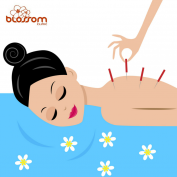
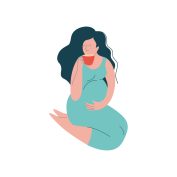
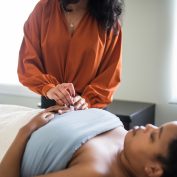





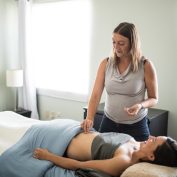
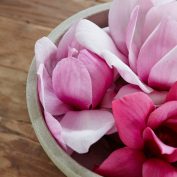
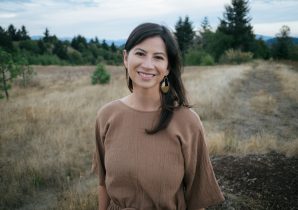 Blog contributed by our Naturopathic Physician, Dr. Elizabeth Wade. She practices at Blossom on Tuesdays and Fridays and
Blog contributed by our Naturopathic Physician, Dr. Elizabeth Wade. She practices at Blossom on Tuesdays and Fridays and